#perus
Text

Já pensou subir esses degraus em um dia chuvoso e com compras do supermercado nas mãos?
31 notes
·
View notes
Photo

24 notes
·
View notes
Text
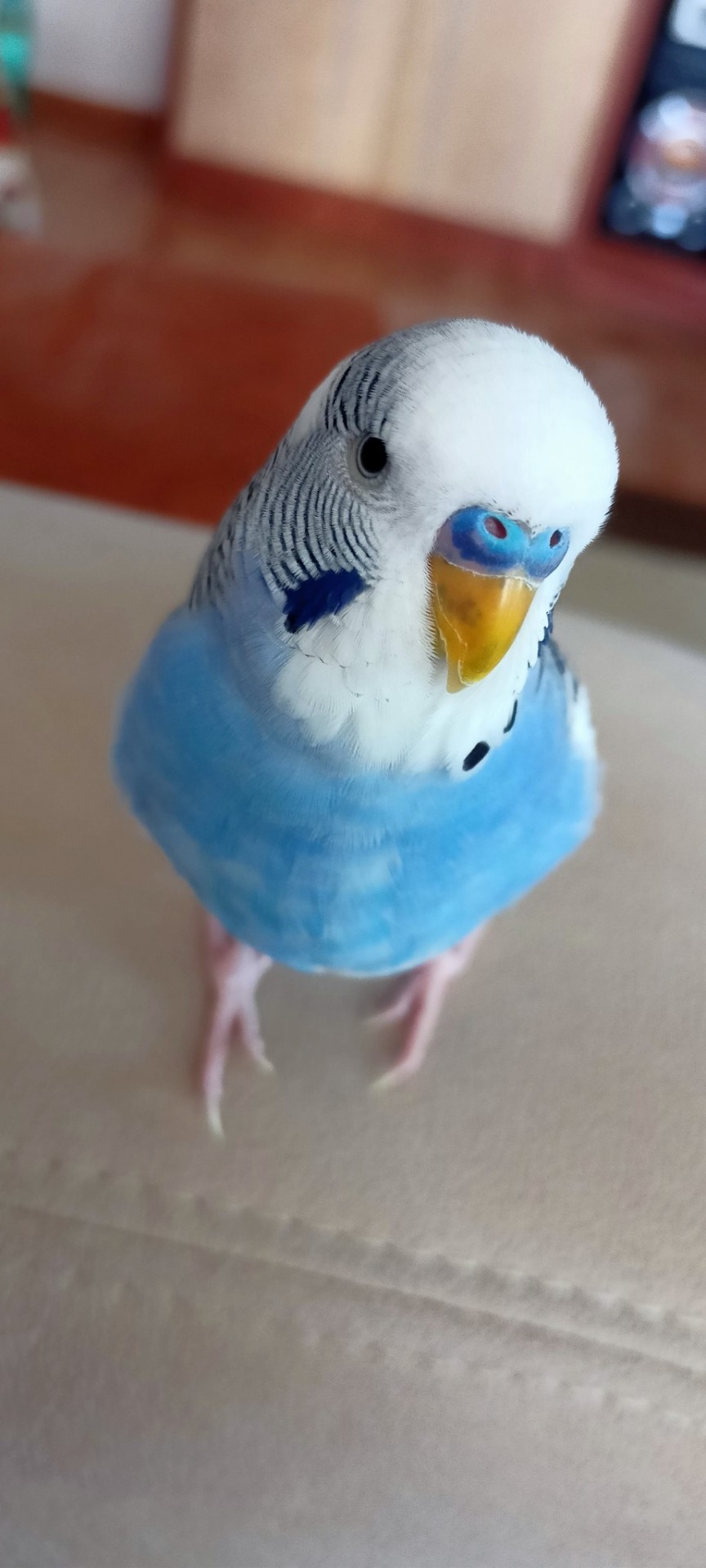


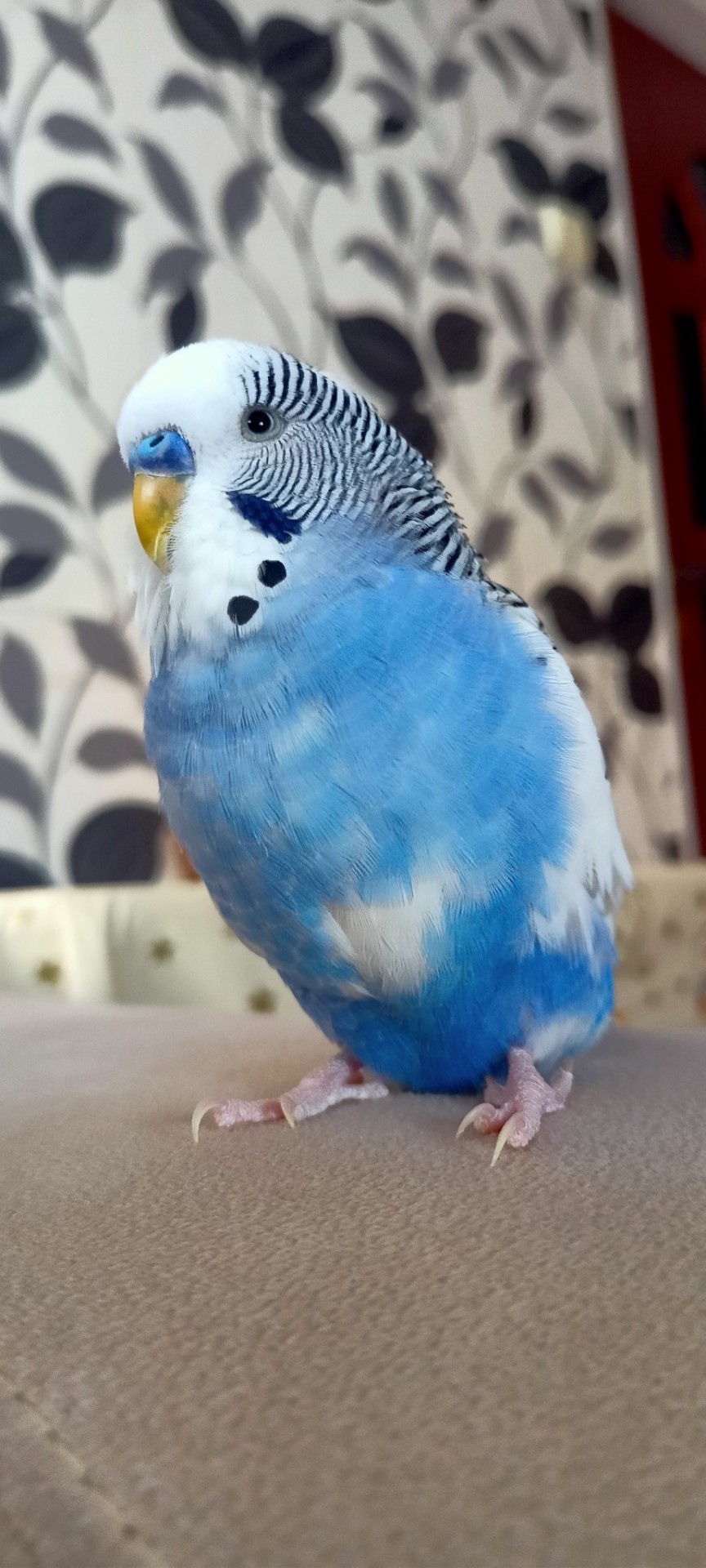
#parrot#coco#frumos#god#albastru#nuanța#papagal#papagali#Peruș#perus#papagali perusi#blue parrot#albastru cu dungi#beautiful#fypツ#romania#natura#pigment#inp
7 notes
·
View notes
Text

#my art#my original art#digital art#art#digital ilustration#country humans#countryhumans#mi ocs#countryhumans america#countryhumans peru#countryhumans usa#perus
4 notes
·
View notes
Text
My friend has a birthday party where we sll get to make a presentation about anything we like. Like just unhinged autistic hyperfocus. I had oreoared nothing. But you know, sometimes things just come to you. I just held a 30 minute improvised presentation about Fallout 76.
Thank you Todd Howard for giving me something to talk about. Also, I hyperfocused on this 4 years ago, why do I still remember it so well, yet I cannot remember whether I ate breakfast or not?
5 notes
·
View notes
Text
Peru’s new president is controversial. Here’s why scientists have high hopes for him | Science


The unexpected triumph of Pedro Castillo in Peru’s June governmental elections has actually fretted lots of in the nation’s organization elite. Castillo, a previous teacher and union leader who beat Keiko Fujimori, child of a previous president, has actually guaranteed significant modifications to minimize hardship and inequality, consisting of increasing taxes on the mining sector, Peru’s financial foundation. Castillo has actually made questionable visits, consisting of Guido Bellido, the new prime minister, who is under initial examination for publishing a Facebook homage to a departed member of Shining Path, a Marxist terrorist group. But amongst Peruvian scientists, his early relocations have raised hopes.
Castillo has actually designated a leading researcher as a leading consultant and stated he will attend to systemic issues in Peruvian science, consisting of low budget plans, a weak governance system, and an absence of potential customers for young scientists. He has actually likewise promised to much better handle the nation’s action to the pandemic. With more than 6000 reported deaths per million occupants, Peru has among the highest death rates on the planet from COVID-19.
Peru invests just 0.12% of its gdp on science, far listed below the 0.6% average in Latin America. The nation has 0.2 scientists per 1000 people, compared to 1.3 for Latin America and the Caribbean as an entire, and 12.7 usually amongst members of the Organisation for Economic Co-operation and Development.
In May, after he had actually won the preliminary of the elections, the amauta (the Quechua word for instructor, and Castillo’s label) guaranteed to substantially increase health and education budget plans, raise science and technology’s function, and produce a new science ministry. In a 22 May letter, 50 Peruvian scientists, the majority of them experienced outdoors Peru, invited those propositions and advised him to embrace a new nationwide science, technology, and development policy. Peru’s science system, the letter stated, needs “profound changes that have been postponed by governments in recent decades and that the pandemic has brought to light.”
That very same month, Castillo asked physicist Modesto Montoya of the National University of Engineering (UNI), among the nation’s finest understood scientists, to produce a panel to describe a new profession course for scientists and a structure for a future Ministry of Science to change the management function of the National Council of Science and Technology (Concytec). The casual group consulted with Castillo at the governmental palace on 27 August, and Montoya, who has an excellent relationship with the new president, was appointed governmental consultant on clinical matters on 8 September.
Montoya states Peru’s public proving ground are “disjointed, competing against each other, duplicating efforts, and wasting money.” In June, Peru’s previous Congress enacted a new science policy law that looked for to attend to those issues. The production of a devoted science ministry ought to enhance coordination, Montoya states. “Priorities are defined in the Council of Ministers,” he states. “If South Korea, Chile, and Colombia created [a science ministry], why wouldn’t we?”
“It is time to land on a more solid structure that would ensure that science focuses on the needs of the country,” includes Martha Esther Valdivia Cuya, a biologist at the National University of San Marcos, who participated in the 27 August conference.
Researchers likewise hope the new administration will do more to stop or reverse Peru’s brain drain. The nation uses monetary rewards to bring scientists house and set them up at a Peruvian organization. But the system does not ensure excellent working conditions after their arrival.
Chemist María Esther Quintana Cáceda, who got a Ph.D. at UNI in cooperation with Uppsala University and did postdoctoral research study on nanomaterials for solar batteries at the Royal Stockholm Institute of Technology, went back to UNI in 2011 and dealt with challenges. “There is no good equipment here, and it is not easy to buy materials and reagents,” Quintana Cáceda states. Recently, she led a group that established a new technique to get rid of lead and other heavy metals from lake water. The task won a Concytec grant, however that lasted just a year. “My team had to look for other jobs,” Quintana Cáceda states.
The clinical neighborhood hopes Castillo will have the ability to produce more—and more appealing—research study tasks, enhance lab conditions, and streamline financing treatments. “Offering researchers a career prospect not only helps attract talent, but is also a way to keep young people in the country,” states economic expert Neantro Saavedra-Rivano of the University of Brasília, another scientist who supported Castillo’s candidateship.
In his Plan for the Pandemic, launched in May, Castillo guaranteed to enhance the function of science in discovering services to COVID-19. “We need to start doing more cost-effective interventions,” states previous Johns Hopkins University epidemiologist Antonio Quispe, who now works as a consultant of the Peruvian Ministry of Health, where among his jobs is to bring pandemic information together in open repositories and minimize governmental barriers. “So far, the president has given us all the conditions and the budget to face the worst-case scenario,” Quispe states. Castillo has actually likewise promised to develop electronic medical records, inform decision-makers about making use of clinical proof, and even promote the advancement of a Peruvian COVID-19 vaccine.
Whether Castillo can make great on his lofty guarantees stays to be seen. Peru Libre, his celebration, has just 37 of the 130 seats in Parliament; the very first 6 weeks of his presidency have been rocky, and the new administration has lots of other top priorities, consisting of the economy. (Moody’s Investors Service devalued Peru’s ranking 2 weeks back, pointing out a “continuously polarized and fractured political environment.”) But based upon his interactions with Castillo up until now, Montoya stays positive. “We trust that the government will keep its promises and treat scientists well,” he states.
New post published on: https://livescience.tech/2021/09/18/perus-new-president-is-controversial-heres-why-scientists-have-high-hopes-for-him-science/
4 notes
·
View notes
Text
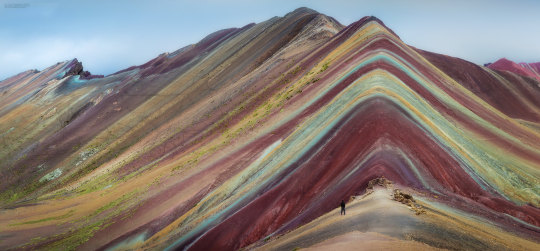
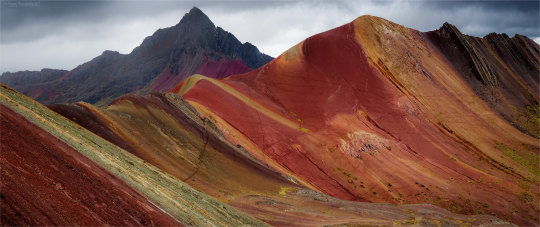
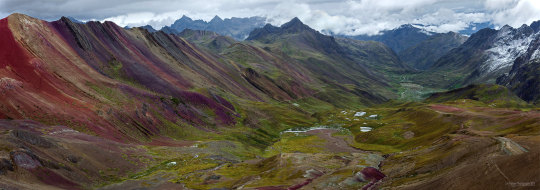
Rainbow Mountain, Peru by Jeroen Fransen
#landscape#nature#mountains#peru#rainbow mountain#travel#places#naturecore#photography#curators on tumblr#uploads
8K notes
·
View notes
Text
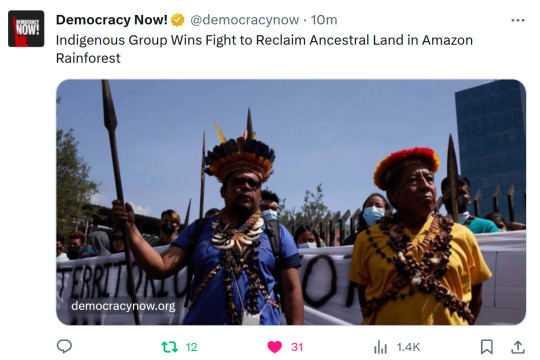
(Nov. 29) Indigenous Group Wins Fight to Reclaim Ancestral Land After Being Forced Out 8 Decades Ago
In a major victory for Indigenous rights, an Ecuadorian appeals court has sided with the Siekopai Nation to regain ownership of their ancestral homeland in the Amazon rainforest. The Siekopai people were forced out of their territory, called Pë’këya, over 80 years ago during the Peru-Ecuador War in the 1940s. This ruling will mark the first time the Ecuadorian government grants a land title to an Indigenous community whose ancestral land is now a protected area.
The Siekopai are on the brink of extinction with a population of only 800 people in Ecuador and 1,200 in Peru. In a statement, Siekopai Nation President Elias Piyahuaje said, “We are fighting for the preservation of our culture on this planet. Without this territory, we cannot exist as Siekopai people. Today is a great day for our nation. Until the end of time, this land will be ours.”
10K notes
·
View notes
Text
Peruvian whistling vessels simulating animal calls (some of the oldest found date to c. 500–300 BCE)
#Peru#Peruvian#whistling vessels#animal vessels#archaeology#history#ceramics#Inca#Incan#art#sculpture#animal calls
20K notes
·
View notes
Text
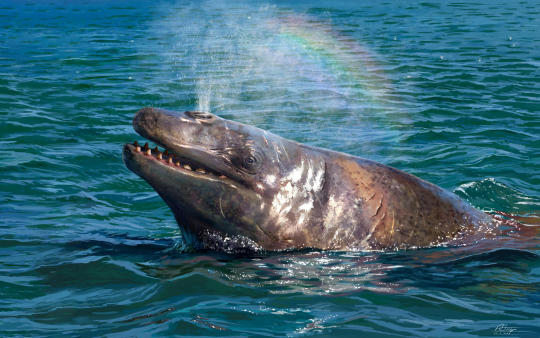
Perucetus colossus by Anthony J. Hutchings.
3K notes
·
View notes
Text

Castelinho de Perus - uma das construções mais curiosas de São Paulo.
Clique no link abaixo para conhecer a história e ver mais fotos:
O Castelinho de Perus » São Paulo Antiga (saopauloantiga.com.br)
36 notes
·
View notes
Photo
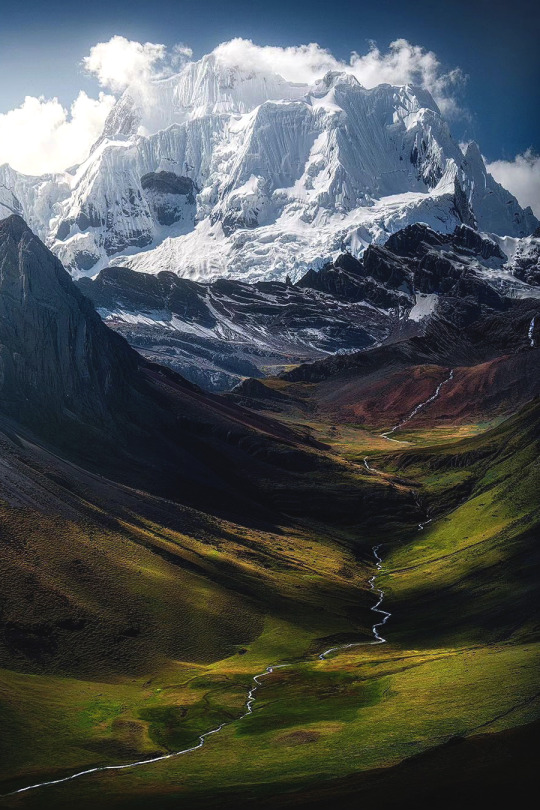
Summer in the mountains of Peru | maxrivephotography
8K notes
·
View notes
Text
reblog for more people to see! :D
#tumblr polls#polls#south america#brazil#colombia#argentina#uruguay#peru#venezuela#chile#ecuador#bolivia#paraguay#sart.polls#sart.text
2K notes
·
View notes
Photo

The longest, left-breaking wave in the world, Chicama, Peru
7K notes
·
View notes
Photo
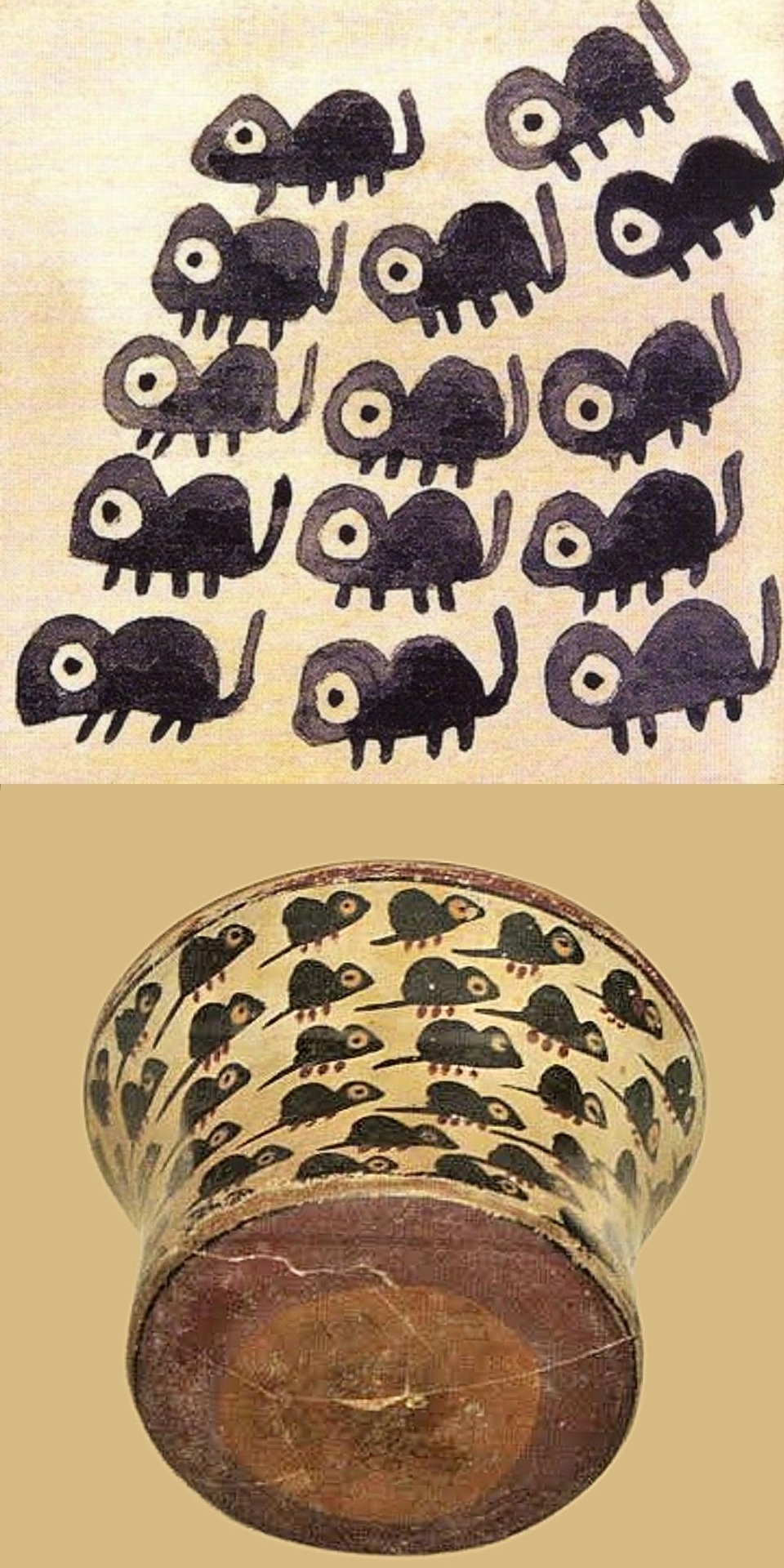
Bowl Depicting a Swarm of Mice. Medium: ceramic and pigment Period: 180 BC - 500 AD. Culture: Nazca; South coast, Peru. Now on display at the Art Institute of Chicago. Illustration by Elena Izcue (1889-1970).
29K notes
·
View notes
